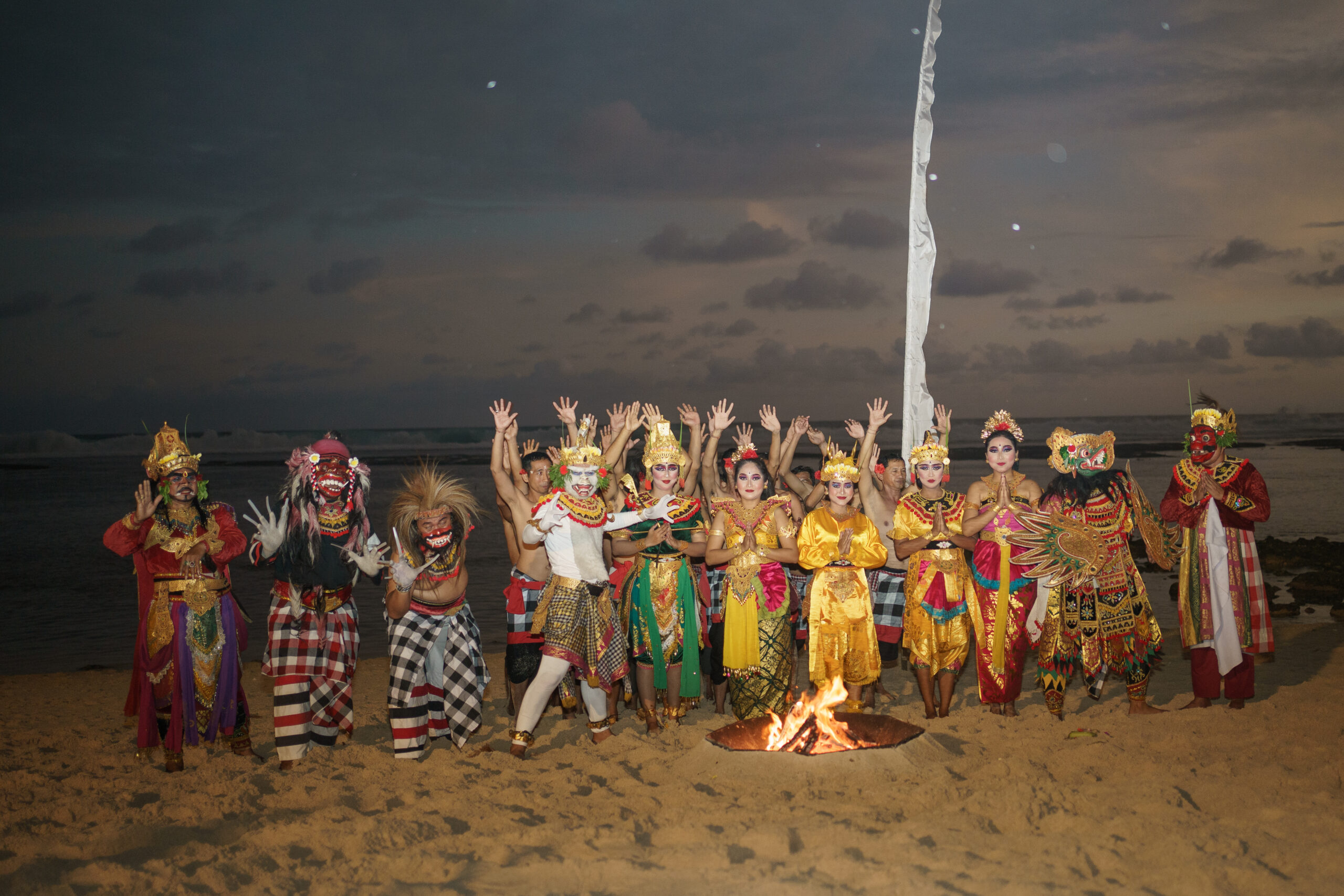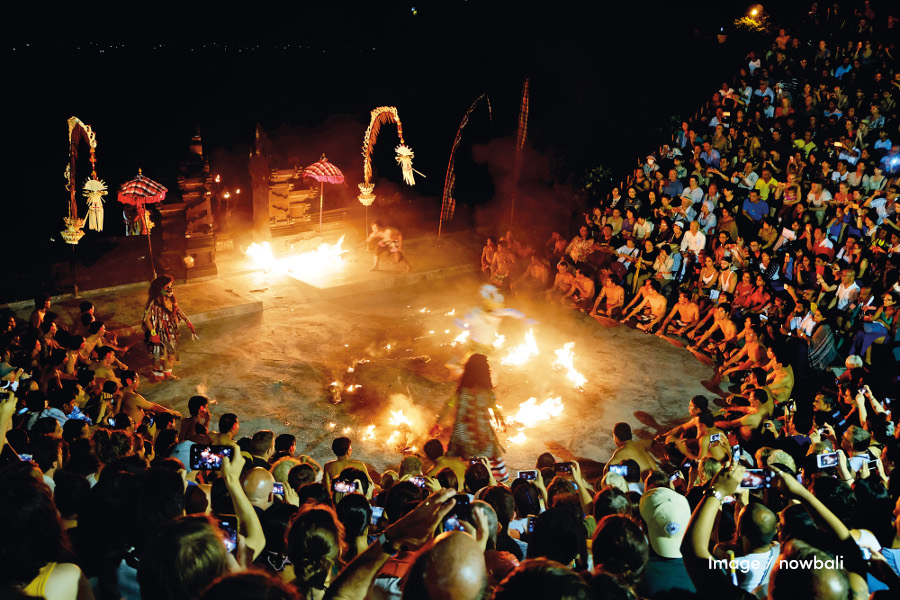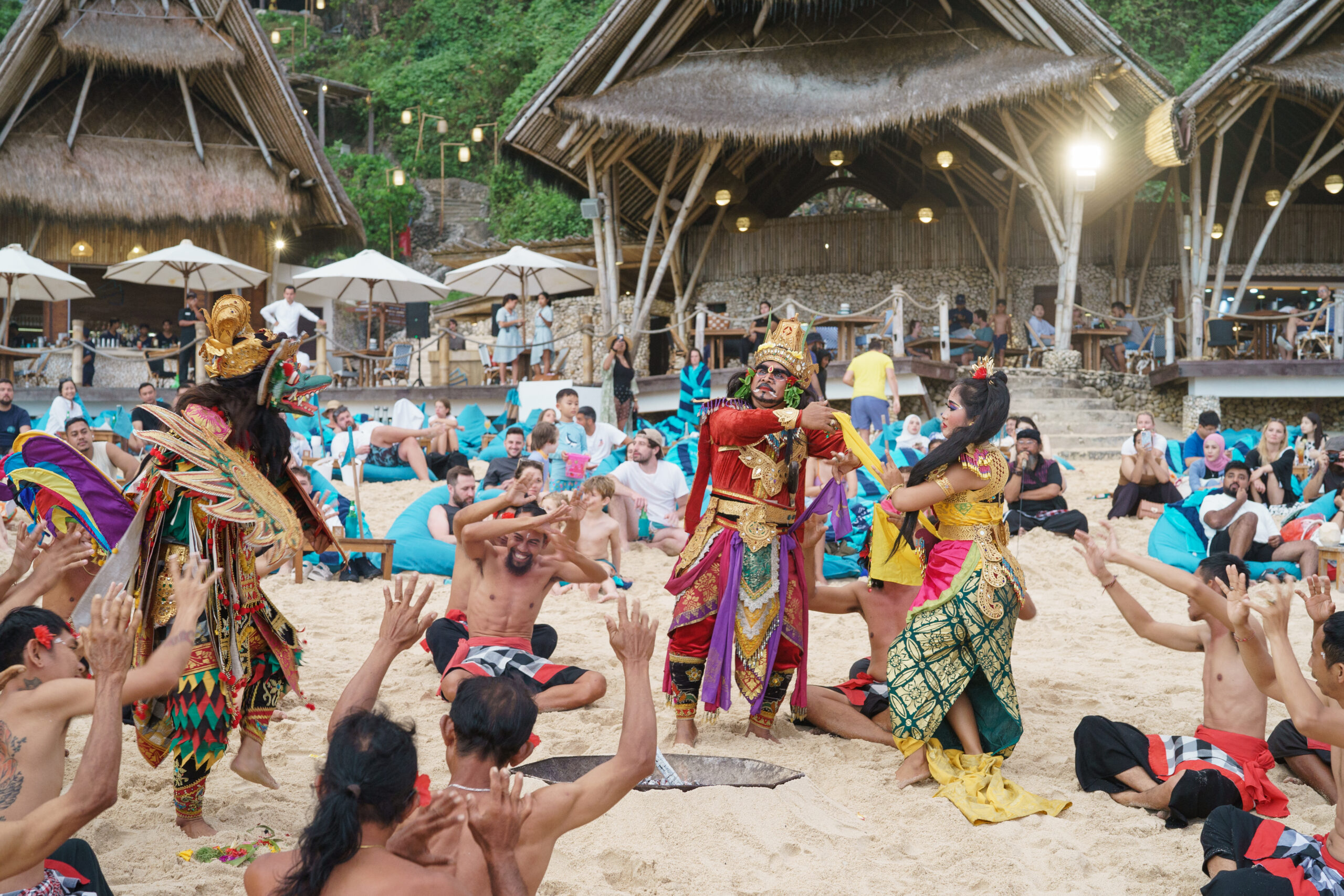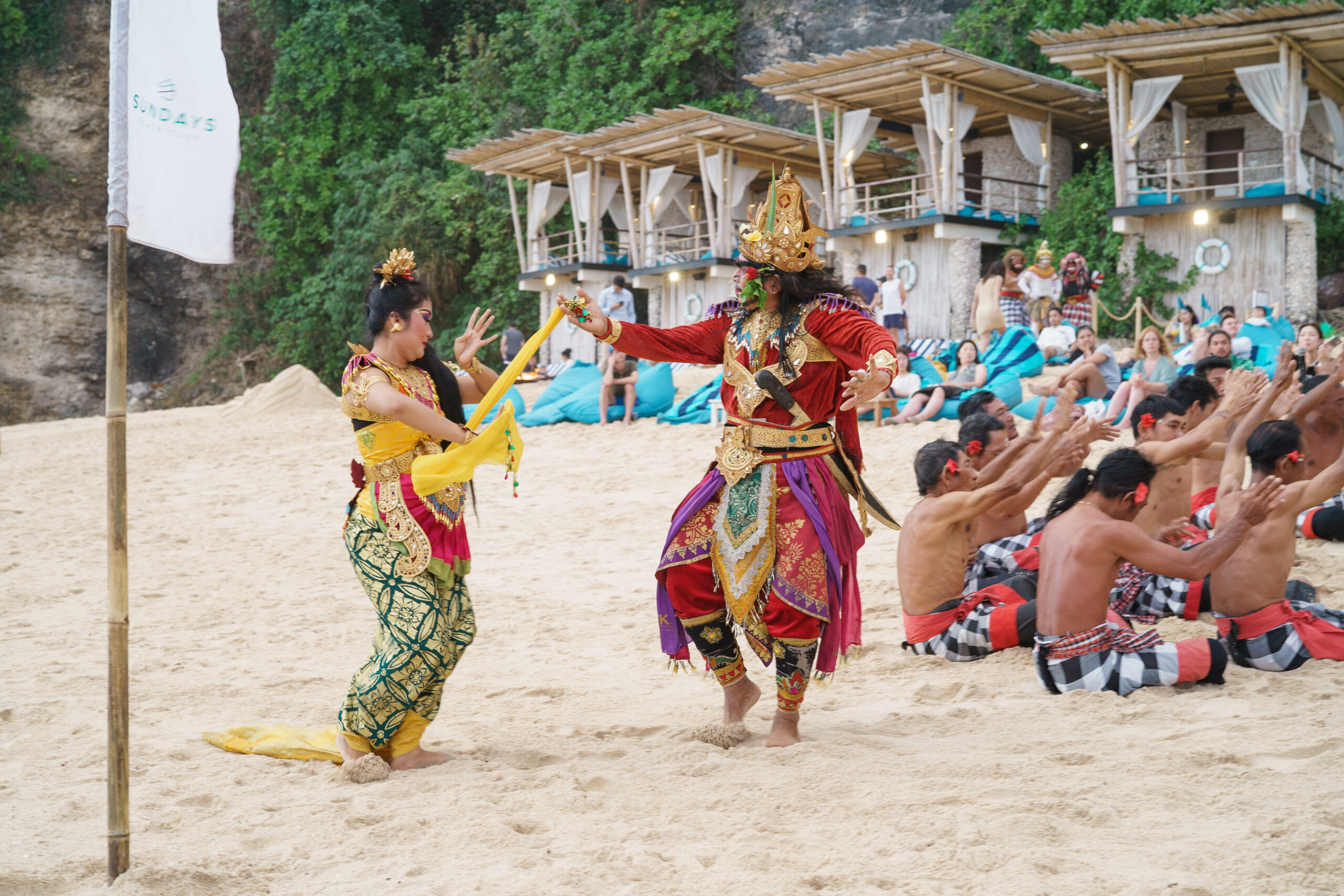The History of the Kecak Dance
The Kecak dance of today gets its roots from the traditional sacred Balinese dance of Sanghyang, an important religious dance based on the concept that an unseen force, known as a hyang (translating to god, goddess, deified being or divinity), enters the body and puts the performer into a trance-like state. The Sanghyang dance has been performed through a number of varying narratives and concepts, including Sanghyang Dedari and Sanghyang Jaran — all of which focus on the reverence of gods or deceased ancestors in some spiritual and sacred way.
In the 1930s, the Kecak dance was born. It is said that Balinese dancer, Wayan Limbak, worked with German painter Walter Spies—both of whom became deeply interested in the Sanghyang ritual, and so formed a version of the dance that incorporated the Hindu epic Ramayana Saga and elements of sacred Balinese dances. They took their creation on an international tour that helped make the Kecak dance as well known as it is today.




